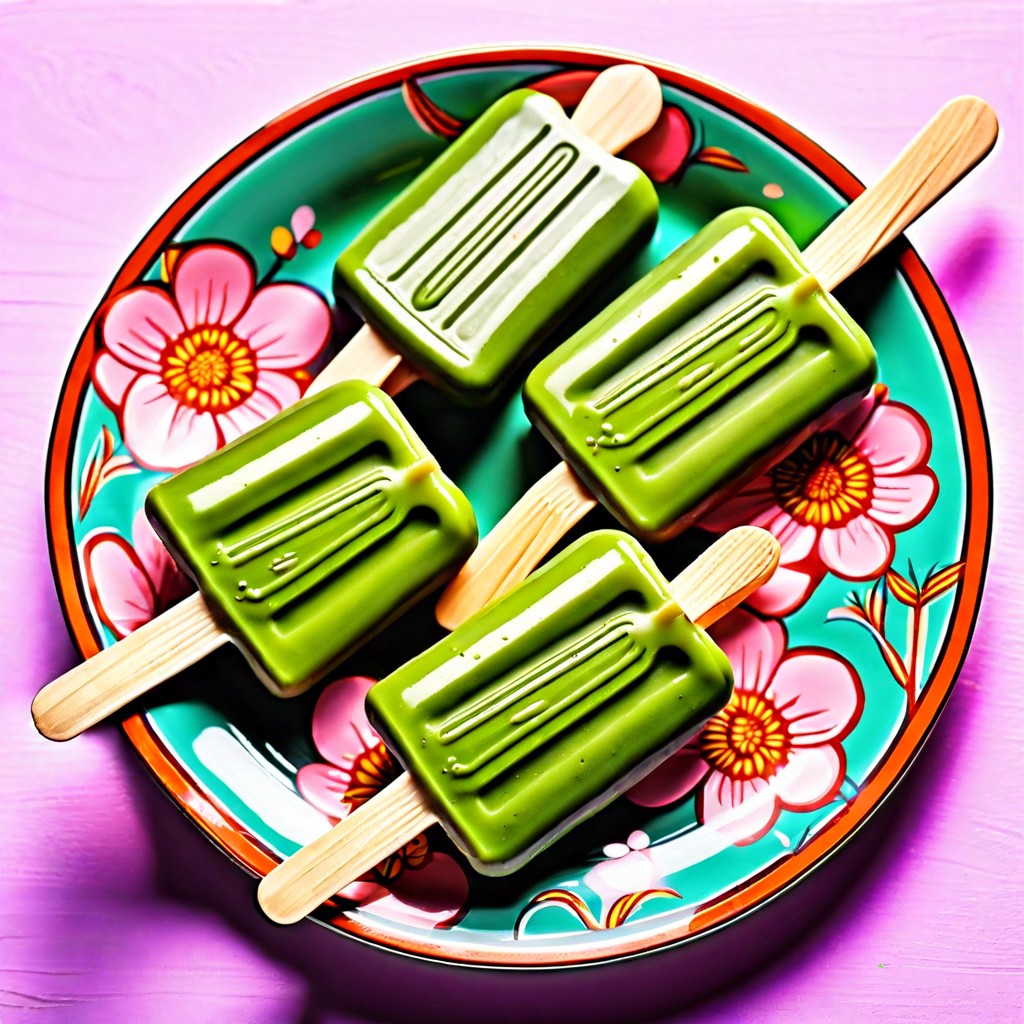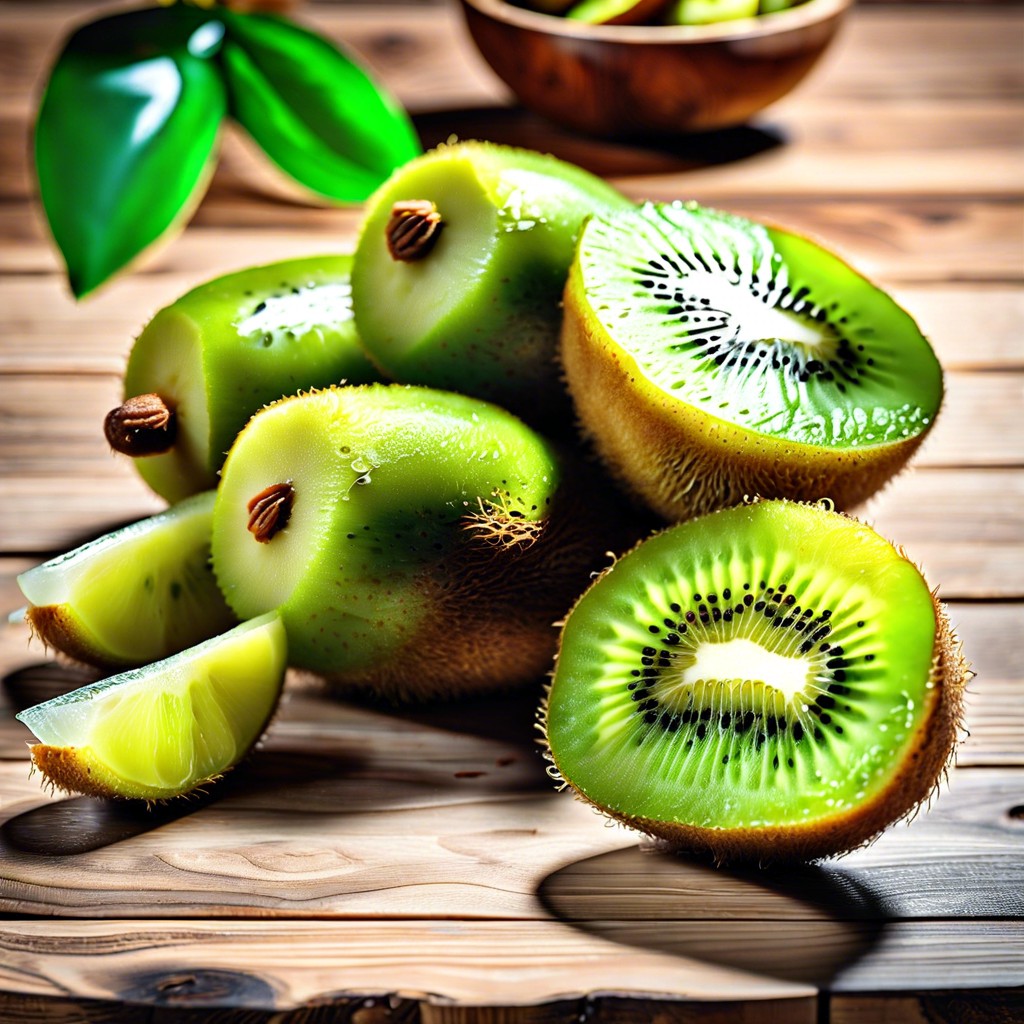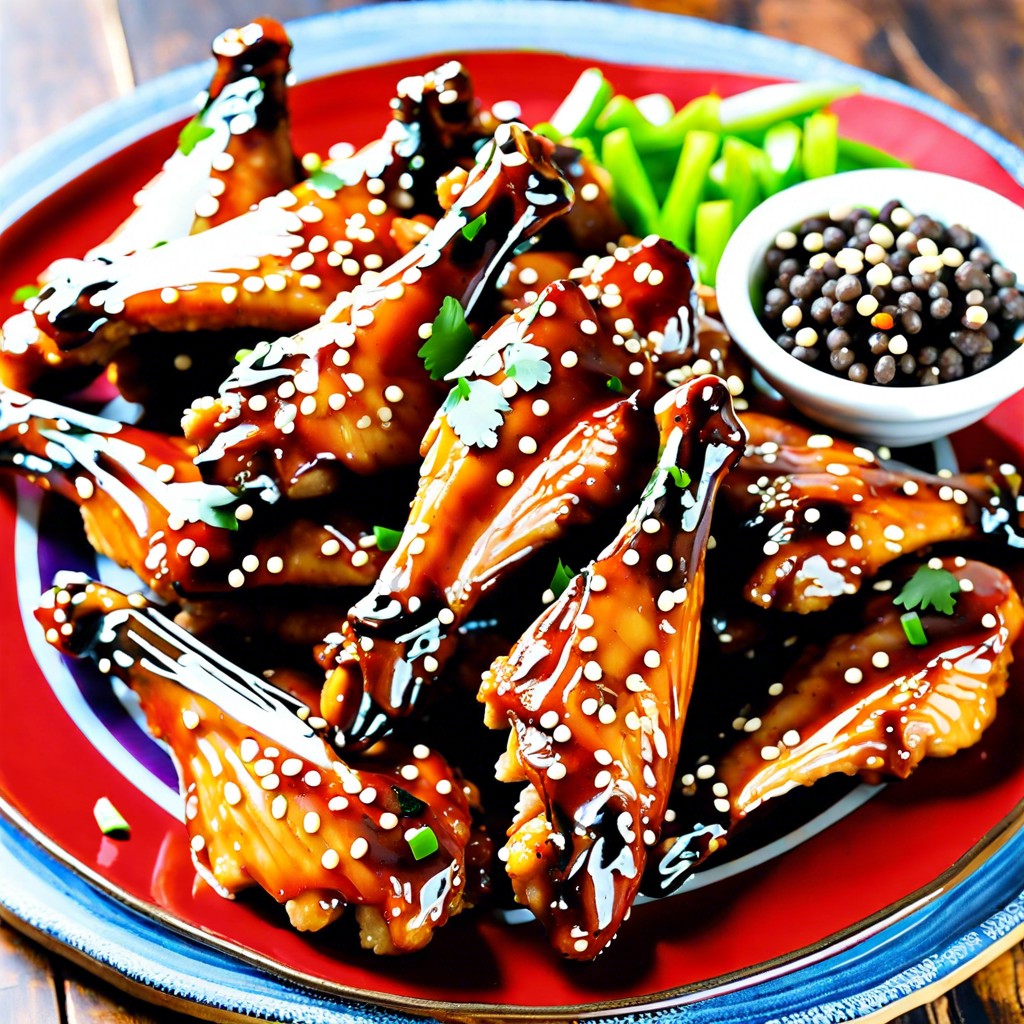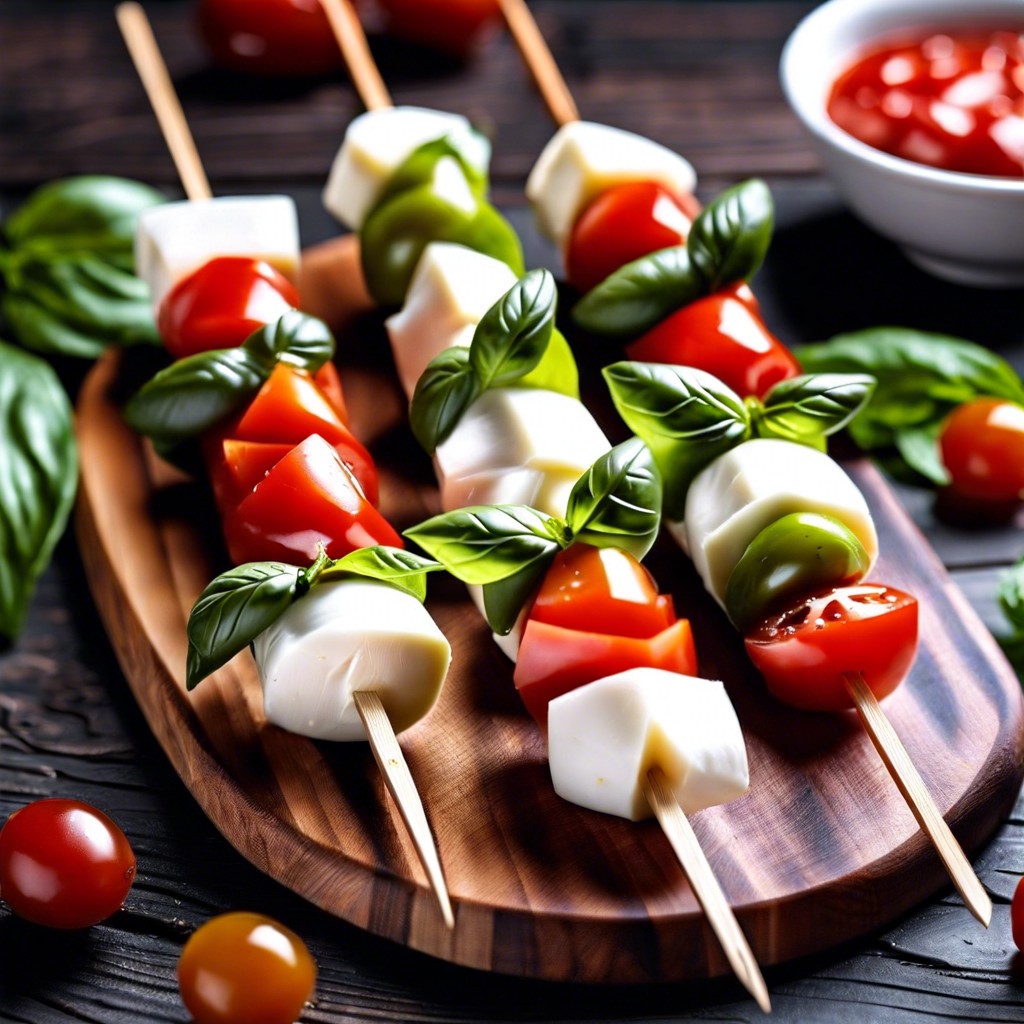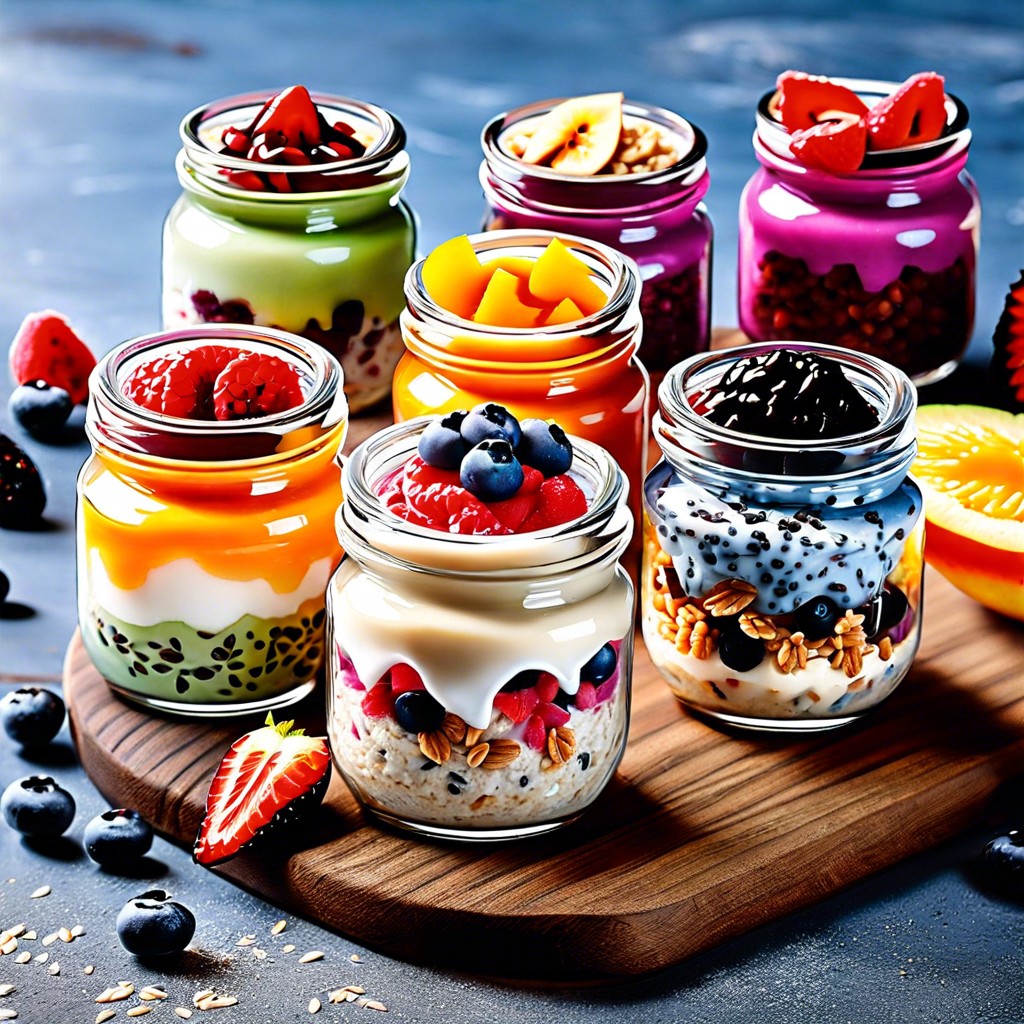A charcuterie board is a food presentation consisting of various cured meats, cheeses, crackers or bread, and accompaniments like fruits, nuts, and spreads. It is typically served as an appetizer or snack for gatherings and social events.
Charcuterie boards have become a popular trend in recent years, and for good reason! These beautiful boards are not only visually stunning, but they also provide a delicious array of meats, cheeses, fruits, nuts, and more. But what exactly is a charcuterie board? In this blog post, we will explore the origins of charcuterie, the different types of items you can include on your board, and some tips for creating the perfect spread.
Whether you’re hosting a party or just looking to indulge in some tasty snacks at home, read on to learn all about this trendy culinary creation.
Definition of Charcuterie
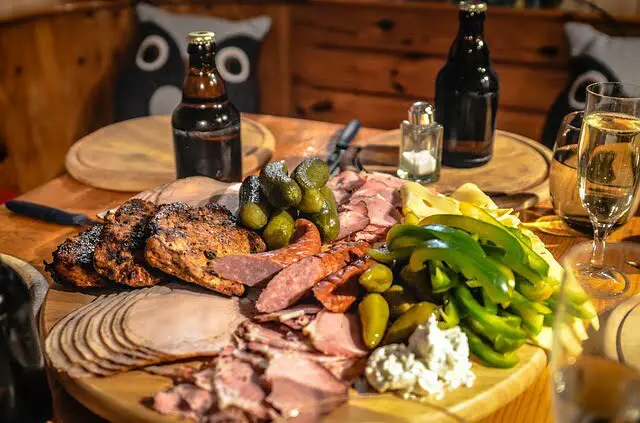
The word “charcuterie” comes from the French words “chair” (flesh) and “cuit” (cooked). Charcutiers are skilled artisans who specialize in creating these delicious cured meats.
The practice of charcuterie dates back centuries when people needed to preserve their meat for long periods without refrigeration. They would use various techniques like salting or smoking to extend the shelf life of their meats.
Over time this evolved into an art form with different regions developing unique styles based on local ingredients and traditions.
Today charcuterie has become more than just a way to preserve food; it’s also an opportunity for chefs and home cooks alike to showcase their creativity by combining different flavors, textures, colors on one board.
History of Charcuterie Boards
The word “charcuterie” comes from the French words “chair” (flesh) and “cuit” (cooked), which literally translates to cooked flesh. In ancient times, people would preserve their meats by salting them or smoking them over a fire.
The concept of charcuterie boards as we know them today can be traced back to medieval Europe when farmers would gather together at harvest time and share their preserved meats with each other on wooden platters. These early versions of charcuterie boards were simple affairs consisting mainly of cured sausages and bread.
As time went on, charcutiers began experimenting with different types of cured meats like ham, bacon, pâté and terrines. They also started incorporating cheeses into their presentations along with fruits like grapes or figs that complemented the flavors in the meat.
The Art of Charcuterie
It’s not just about throwing together some items on a board; it’s about carefully selecting each component to complement one another in both taste and appearance.
One of the key elements of charcuterie is balance. You want to have a variety of flavors and textures represented on your board so that there is something for everyone.
This means including salty meats like prosciutto or salami alongside milder options like ham or turkey breast. Similarly, you’ll want to include both soft cheeses (like brie) as well as harder varieties (like cheddar).
Another important aspect of charcuterie is presentation. The way you arrange your items can make all the difference in how appealing they look to guests! Consider using different heights by stacking cheese slices or rolling up meat slices into rosettes for added visual interest.
Essential Components
These include cured meats, cheeses, bread or crackers, and accompaniments like fruits and nuts.
Cured meats are the star of the show when it comes to charcuterie boards. They come in many different varieties such as salami, prosciutto or ham which add depth of flavor and texture to your board.
Cheeses also play an important role in any good charcuterie spread. Choose a variety of soft and hard cheeses with different textures for added interest.
Bread or crackers provide a base for all your delicious toppings while adding crunchiness to each bite.
Don’t forget about the accompaniments! Fruits like grapes or figs add sweetness while nuts bring saltiness into play on your palate.
Types of Meats
Cured meats are an essential component of any charcuterie board and provide a variety of flavors and textures that complement other items on the board.
Some popular cured meat options for your charcuterie board include:
- Salami: A classic choice for any meat lover, salami is made from ground beef or pork mixed with spices and herbs before being cured.
- Prosciutto: This Italian dry-cured ham has a delicate flavor that pairs well with cheese and fruit.
- Chorizo: A spicy sausage originating from Spain, chorizo adds some heat to your spread.
- Pepperoni: Another classic option, pepperoni is perfect for those who love their meats on the spicier side.
- Coppa: Made from pork shoulder or neck, coppa has a rich flavor that works well with milder cheeses.
Cheese Varieties
There are countless varieties of cheese available, each with its own unique flavor and texture. Some popular options include brie, cheddar, gouda, feta and blue cheese.
Brie is a soft-ripened French cheese that has a creamy texture and mild flavor. It pairs well with fruits like grapes or figs.
Cheddar is one of the most widely recognized cheeses in the world. It has a sharp taste that can range from mild to extra-sharp depending on how long it’s been aged.
Gouda is another popular option for charcuterie boards due to its nutty flavor and semi-hard texture.
Feta originates from Greece and has become increasingly popular worldwide due to its tangy taste which complements olives perfectly!
Blue Cheese adds boldness with its pungent aroma while also providing creaminess when paired with honeycomb or dried fruit.
When selecting your cheeses for your board consider choosing different textures such as soft (brie), hard (cheddar), crumbly (feta) or creamy (blue).
Bread and Crackers
They provide the perfect base for the meats, cheeses, and other accompaniments to sit on. When selecting bread for your board, consider choosing a variety of types such as baguette slices or crostini to add texture and flavor diversity.
Crackers are also an excellent option that can be used in place of bread or alongside it. Choose crackers with different shapes, sizes, textures like water crackers or whole-grain varieties.
It’s important to keep in mind that not all guests may eat gluten-containing products so make sure you have some gluten-free options available too! You can include rice cakes or gluten-free crackers on your board as well.
When arranging your bread and cracker selection on the charcuterie board try placing them around the edges first then fill in any gaps with smaller pieces towards the center. This will help create balance while making sure there is enough space for everything else you plan to include!
Fruits and Vegetables
They add color, texture, and a refreshing balance to the rich flavors of cured meats and cheeses. When selecting fruits for your board, consider seasonal options like berries in the summer or pomegranates in the winter.
Grapes are also a classic choice that pairs well with most types of cheese.
For vegetables, think beyond just carrots and celery sticks. Cherry tomatoes provide a pop of color while sliced bell peppers offer crunchiness.
Roasted veggies like eggplant or zucchini can also be delicious additions to your spread.
When arranging fruits and veggies on your charcuterie board, aim for variety both in terms of colors as well as shapes/sizes – this will make it more visually appealing! You can place them directly on the board or use small bowls/ramekins to hold dips such as hummus or ranch dressing.
Nuts and Olives
They provide a salty, savory flavor that pairs well with the meats and cheeses on the board. When it comes to nuts, you can choose from a variety of options such as almonds, cashews, pistachios or walnuts.
Roasting them beforehand will enhance their flavors even more.
Olives come in many different varieties too – green or black; stuffed with pimentos or garlic; marinated in oil or vinegar – there’s something for everyone! You can also add other pickled vegetables like artichokes hearts and peppers.
When selecting your nuts and olives for your charcuterie board make sure they complement each other well without overpowering the rest of the items on your spread. A good rule of thumb is to have at least two types of nuts and two types of olives available so guests have some variety to choose from.
Dips and Spreads
They add flavor, texture, and color to the spread while also providing a way to balance out the saltiness of cured meats and cheeses. Some popular dips include hummus, tzatziki sauce, guacamole or salsa for a Mexican twist.
When it comes to choosing dips for your charcuterie board, consider both taste and presentation. You want something that complements the other items on your board but also looks visually appealing when arranged alongside them.
One tip is to choose dips with different colors so that they stand out against each other on the board. For example: red pepper hummus next to green pesto dip can create a beautiful contrast in color.
Another important consideration is how you serve your dips – small bowls or ramekins work well as they keep everything contained in one place without spreading too much over time.
Sweet Accompaniments
They add a touch of sweetness to balance out the salty and savory flavors, making for a well-rounded taste experience. Some popular sweet options include fresh or dried fruits like grapes, figs, apricots, and dates.
These can be paired with soft cheeses like brie or goat cheese for a delicious contrast in texture.
Another great option is honeycomb or honey drizzled over cheese and crackers. The natural sweetness of the honey pairs perfectly with sharp cheeses like cheddar or gouda.
For those who prefer something more indulgent on their charcuterie board, chocolate is always an excellent choice! Dark chocolate pairs particularly well with red wine while milk chocolate goes nicely with white wine.
The Importance of Presentation
A well-presented board can elevate the dining experience, making it more enjoyable for guests. The key to creating an aesthetically pleasing display is to arrange items in a visually appealing way that also allows easy access for guests.
One popular method of arranging items on a charcuterie board is by grouping similar foods together, such as meats with meats and cheeses with cheeses. This creates an organized look that makes it easier for guests to navigate the spread.
Another technique involves placing larger items like cheese wheels or bowls of dips at opposite ends of the board, then filling in empty spaces with smaller accompaniments like nuts or berries. This helps balance out visual weight while still allowing each item to stand out on its own.
Don’t be afraid to get creative! Use unique serving dishes like wooden boards or slate tiles instead of traditional plates and bowls. Add pops of color by incorporating fresh herbs or edible flowers into your arrangement.
Remember: presentation isn’t just about looks – it’s also about functionality! Make sure there are enough utensils available so everyone can easily serve themselves without having to reach over other guests’ plates.
Themed Charcuterie Boards
Whether you’re hosting a holiday party or celebrating a special occasion, there’s no shortage of themes to choose from. Some popular options include seasonal themes like Christmas or Halloween, as well as more specific ideas like movie nights or game day snacks.
When creating a themed charcuterie board, it’s important to consider the colors and flavors that will best represent your chosen theme. For example, if you’re creating an autumn-themed board for Thanksgiving dinner, you might want to include warm spices like cinnamon and nutmeg alongside fall fruits like apples and pears.
Another great idea is incorporating decorations that match the theme of your board such as small pumpkins for Halloween-themed boards or miniature flags for patriotic ones.
Wine Pairings
The right wine pairing can elevate the flavors of your meats, cheeses, and other accompaniments to new heights. When selecting wines for your board, it’s important to consider the flavor profiles of each item and choose a wine that complements them well.
For example, if you have a strong cheese like blue cheese or gorgonzola on your board, try pairing it with a full-bodied red wine like Cabernet Sauvignon or Syrah. These wines have bold flavors that can stand up to the intensity of these cheeses.
On the other hand, if you’re serving milder cheeses like brie or goat cheese, opt for lighter white wines such as Chardonnay or Pinot Grigio. These wines won’t overpower the delicate flavors of these softer cheeses.
When it comes to meats on your charcuterie board such as prosciutto and salami which are salty in nature pair them with dry rosé which will balance out their saltiness while enhancing their natural sweetness.
Vegetarian and Vegan Options
With some creativity and the right ingredients, it’s easy to put together a delicious spread that meets your dietary needs.
Instead of meat-based options, consider including plant-based alternatives such as marinated tofu or tempeh. You can also add roasted vegetables like bell peppers and zucchini for added flavor and texture.
When it comes to cheese varieties on your board, there are many non-dairy options available such as cashew cheese or almond milk ricotta. Pair these with fresh fruits like grapes or figs for a sweet contrast.
Don’t forget about dips and spreads! Hummus is always a crowd-pleaser but you can also try making your own vegan pesto using nuts instead of parmesan cheese.
Charcuterie Board Etiquette
First and foremost, make sure that your guests have easy access to the board. Place it in a central location where everyone can reach it without having to stretch or lean over other guests.
Another important rule is not double-dipping! It’s considered impolite and unhygienic to dip your food into the same sauce or spread after taking a bite from it. Provide small spoons for each dip so that everyone can serve themselves without contaminating the entire bowl.
It’s also essential to consider dietary restrictions when creating your charcuterie board. If you know ahead of time that one of your guests has an allergy or dietary restriction, be sure to include options on the board they can enjoy as well.
Don’t forget about presentation! A beautifully arranged charcuterie board will impress even more than its delicious contents alone. Take care with how you arrange items on the platter – try grouping similar foods together for visual appeal and balance out colors throughout.
Sizing and Serving
First, consider the number of guests you will be serving. A good rule of thumb is to plan for about 2-3 ounces of meat and cheese per person if the board is being served as an appetizer or snack before a meal.
Next, think about the size and shape of your board. You want it to be large enough so that all items can fit comfortably without feeling overcrowded but not too big that it looks sparse.
It’s also important to arrange your items strategically on the board so that they are easily accessible for guests while still looking visually appealing. Start by placing larger items like cheeses or meats first then fill in with smaller accompaniments like fruits or nuts.
Don’t forget about temperature control! If you’re serving perishable foods like cheese or meats make sure they stay chilled until ready-to-serve by using ice packs underneath them on the platter.
Arrangement Tips
Here are some tips to help you create a visually stunning spread:
1. Start with the largest items: Begin by placing larger items like cheese wheels or bowls of dips on the board first.
2. Create sections: Divide your board into sections and group similar items together, such as meats in one section and fruits in another.
3. Use different textures: Mix up textures by including crunchy crackers, soft cheeses, chewy dried fruit or nuts.
4. Add pops of color: Incorporate colorful fruits like grapes or berries to add visual interest and contrast against neutral-colored meats and cheeses.
5. Fill gaps with smaller elements: Once you’ve placed all your larger elements on the board, fill any remaining gaps with smaller ingredients like olives or nuts.
Preservation Techniques
It’s important to keep in mind that some of the items on the board may require special handling and storage. To ensure that everything stays fresh and delicious, here are some preservation techniques you can use:
1. Store meats properly: Cured meats like salami or prosciutto should be stored in a cool, dry place away from direct sunlight.
2. Keep cheese at the right temperature: Cheese is best kept at room temperature for serving but should be refrigerated when not being used.
3. Use air-tight containers: If you have any leftover fruits or dips from your charcuterie board, store them in air-tight containers to prevent spoilage.
4. Freeze leftovers: If you have any leftover bread or crackers that won’t get eaten soon after serving, freeze them for later use.
By following these simple preservation techniques, you can extend the life of your charcuterie board ingredients and enjoy their flavors long after they’ve been served!
FAQ
What is the point of a charcuterie board?
The point of a charcuterie board is to bring people together around simple yet elegant food, showcasing beauty and deliciousness on a designated serving board.
What does charcuterie mean literally?
Charcuterie literally means the products of a fancy pork butcher, originating from 15th century France.
How to choose the best meats and cheeses for a charcuterie board?
To choose the best meats and cheeses for a charcuterie board, opt for a diverse selection including a mix of hard and soft cheeses, cured and smoked meats, and a variety of textures and flavors.
How to properly arrange a visually appealing charcuterie board?
To properly arrange a visually appealing charcuterie board, include a variety of colors and textures with meats, cheeses, fruits, nuts, and crackers, and group them aesthetically while providing contrasting flavors and using garnishes or small bowls for a visually interesting presentation.
What are some common accompaniments to include on a charcuterie board?
Common accompaniments for a charcuterie board include cured meats, cheeses, olives, nuts, fruits, crackers, and spreads.
